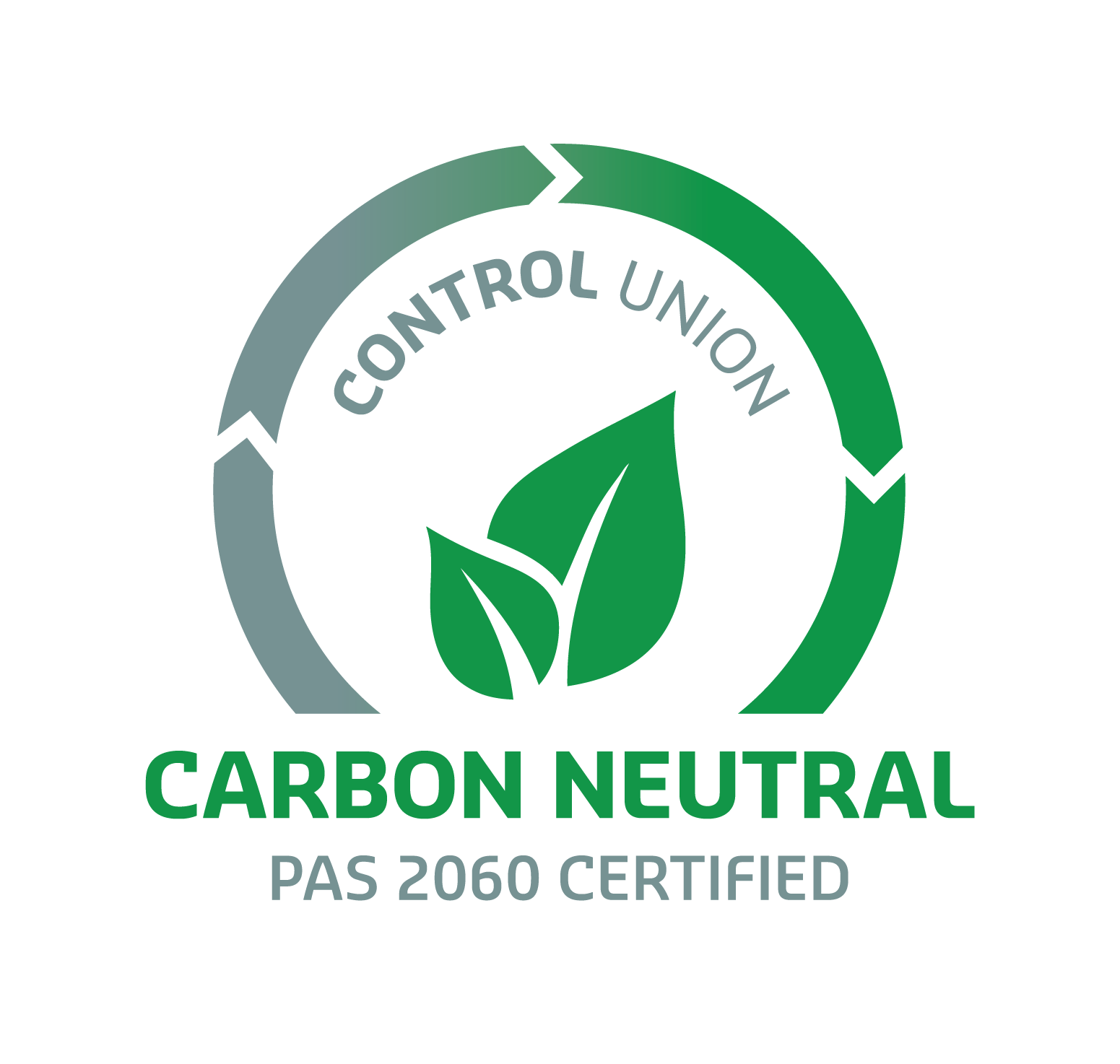It may come as a surprise that the fashion industry consumes more energy than aviation and shipping combined. What does it really take to make our clothes, and why choose organic cotton?
Whether to reflect our style, promote our brands, or just keep us warm, clothing is an intrinsic part of life. And demand is increasing. Driven in part by a developing Asia-Pacific, the global apparel market is projected to grow in value from 1.3 trillion USD in 2015 to 1.5 trillion in 2020.1
There has been a notable uptick in the supply and demand for more sustainable products in recent years. But compared to other more scrutinised industries, fashion long flew under the radar in terms of public perception of the environmental and social impact of clothing.
So what is the real cost of our clothes?
Due to long supply chains and intensive resource needs, the fashion industry is highly damaging to the environment. To put things into perspective, the UN has stated that the industry consumes more energy than aviation and shipping combined.2
Some clothes are more impactful than others. For example, the carbon footprint of a polyester shirt is more than double that of a cotton one (5.5kg CO2e* vs. 2.1kg CO2e).3 That alone was enough for us to decide to avoid the material. So, with the exception of outerwear and technical sportswear, made from rPET, you won’t find polyester clothing on projectmerchandise.com.
Cotton then? Unfortunately, it’s not that simple.
The production of cotton clothing requires a huge amount of water. The average requirement to create 1kg of cotton is 10,000 litres. This soars to 22,500 litres in India, where less refined processes result in inefficient water use.4
Despite its thirst, we often grow cotton in dry climates, with production reliant on mechanical irrigation. This diverts groundwater from rivers, placing stress on water supplies in communities where it’s already scarce. The WWF and World Economic Forum estimate that by 2025, two-thirds of the world’s population may face water shortages.5
When producing cotton, around one-fifth of the water we use is to reduce hazardous pesticides in the wastewater to ‘safe’ levels. These pesticides can also lead to salinisation and infertility of the soil. And to make matters worse, it’s estimated that 1,000 people die each day from pesticide poisoning. Many more suffer from chronic illnesses, such as cancer and neurological diseases as a result of their use.6
The use of such chemicals is banned in the production of organic cotton, which has many other benefits:
Healthy soil
Natural methods such as composting are used to create healthy soil, which retains water and nutrients more effectively during droughts.
Watered by nature
Most organic cotton is grown in rain-fed areas. Farmers use rain to water their cotton.
Lower emissions
Organic cotton emits as much as 46% less greenhouse gas compared to non-organic
No GM
Farmers can take back control of their crops, no longer reliant on huge corporations that supply modified seeds.
Source: Soil Association7

What steps are we taking to reduce our own impact?
We’re confident in organic as a more sustainable alternative, and so all of our cotton clothing is certified organic. However, figures suggest that only 1-2% of all cotton crops are currently organic,8 so we have to be selective…
Project Merchandise’s commitment to our customers is to work with suppliers making a positive change to the status quo. We trust suppliers that share our values to ensure that the products we carry are environmentally sound. In the case of clothing, this means companies such as Neutral®.
Neutral manufacture and certify their products according to the highest social, ethical, and environmental standards in the world. This includes the uncommon and sought-after EU Ecolabel and SA8000 certifications. With international sustainability standards covering their entire supply chain, they go above and beyond to ensure their product is ‘okay’.
Instead of chemical pesticides, organic alternatives such as sugar water welcome ant populations, which in turn keep pests away. Through a collaboration with the Fairtrade Foundation, Neutral offer their farmers opportunities to improve their lives.
Meanwhile, they use environmentally friendly dyes and organic softeners to reduce water usage and eliminate material waste through the use of ‘unfit’ fabric as hangtags. To top things off, the finishing factories are powered by renewable energy.
It’s not easy to make sustainable clothes, but companies like Neutral are making all the right moves, and that’s okay with us.
Interested in making the move to organic? Check out our hand-picked range of clothing by clicking here, or get in touch with us at [email protected].
Sources
- Statista, 2020
- UN, 2018
- Kirchain, R., Olivetti, E., Reed Miller, T. & Greene, S. Sustainable Apparel Materials (Materials Systems Laboratory, Massachusetts Institute of Technology, 2015).
- The Guardian, 2015
- WWF, World Economic Forum, 2019
- Pesticide Action Network
- Soil Association
- Textile Exchange, 2018
*Because carbon dioxide isn’t the only greenhouse gas, rather than CO2, we refer to CO2e. C02 equivalent, or the total climate impact of all greenhouse gases emitted, takes into account other harmful gases like methane and nitrous oxide.



